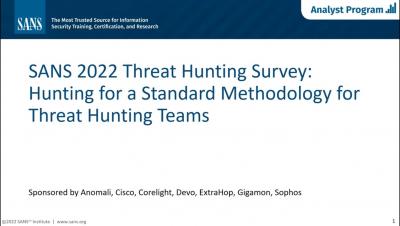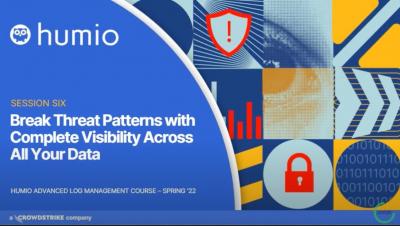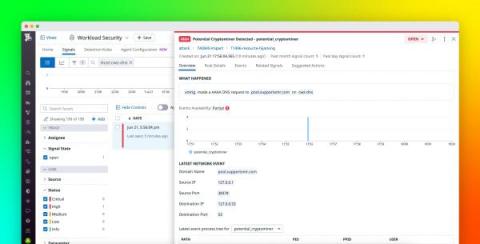Security | Threat Detection | Cyberattacks | DevSecOps | Compliance
July 2022
Break Threat Patterns with Complete Visibility Across all Your Data
The future of email threat detection
As businesses continue to adopt cloud integration and remote work increases, security teams are facing more visibility challenges as well as an influx of security event data. There is more need to understand the threats than ever before, as the threat surface area increases, and tactics increase. Cyber threats are becoming more sophisticated and occurring more frequently, forcing organizations to rely on quality threat detection to protect their data, employees, and reputation.
The best cybersecurity defense is great evidence
The saying “data is king” has been around for quite a while and we all know that the world operates and makes decisions on digital data 24x7x365. But, is data king in the field of cybersecurity? I believe that evidence - not data - is what is needed to speed defenders’ knowledge and response capabilities, so let's talk about both.
Identify security vulnerabilities with DNS-based threat detection
The Domain Name System (DNS) is responsible for mapping client-facing domain names to their corresponding IP addresses, making it a fundamental element of the internet. DNS-level events provide valuable information about network traffic that can be used to identify malicious activity. For instance, monitoring DNS lookups can help you see whether a host on your network attempted to connect to a site known to contain malware.
How CrowdStrike's Machine Learning Model Automation Uses the Cloud to Maximize Detection Efficacy
At CrowdStrike, we combine cloud scale with machine learning expertise to improve the efficacy of our machine learning models. One method for achieving that involves scanning massive numbers of files that we may not even have in our sample collections before we release our machine learning models. This prerelease scan allows us to maximize the efficacy of our machine learning models while minimizing negative impact of new or updated model releases.







